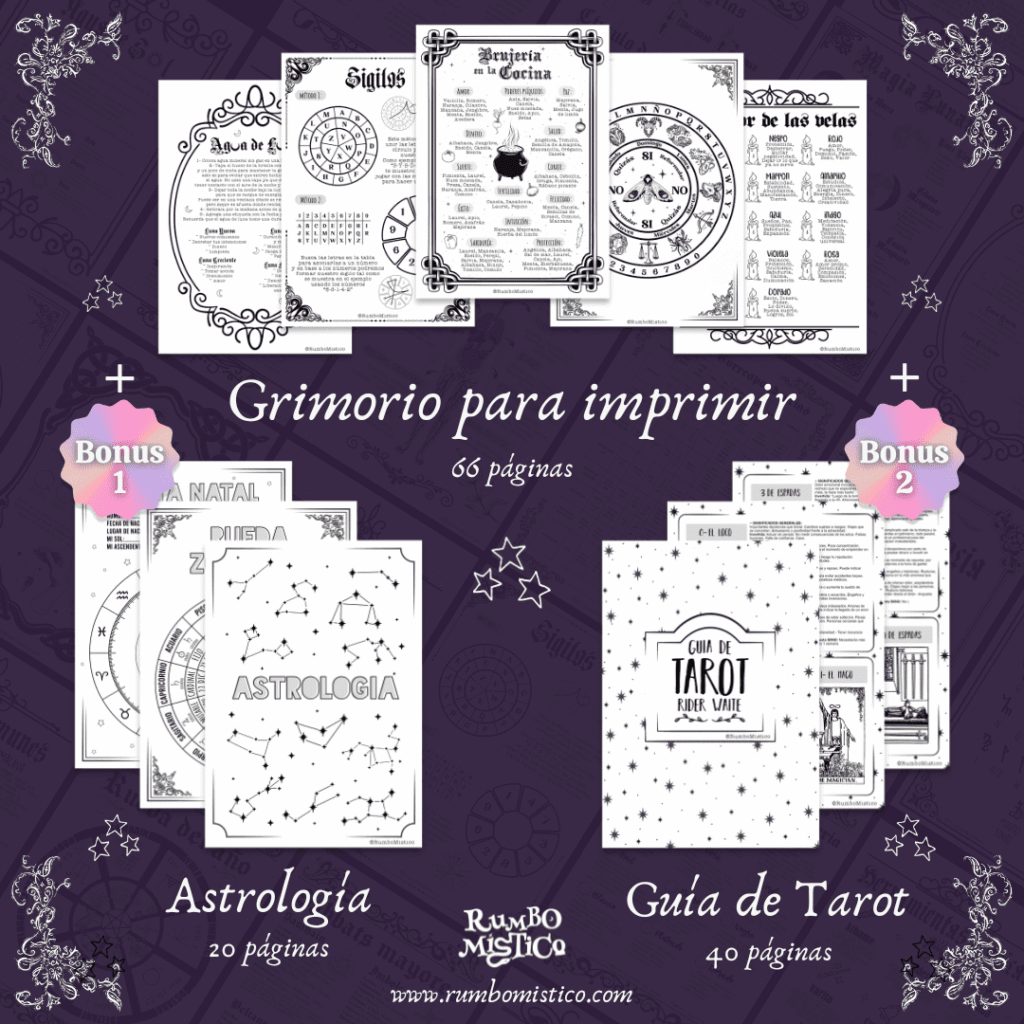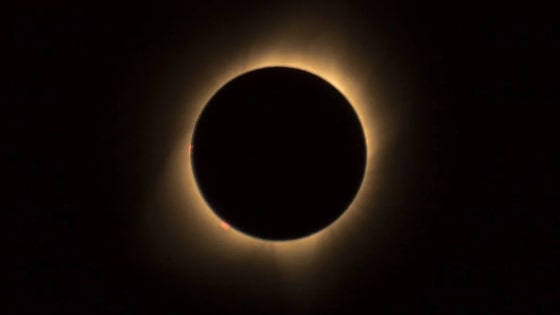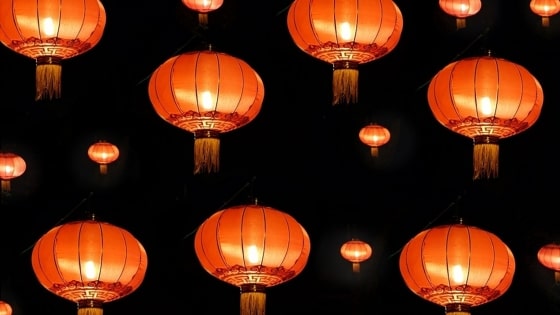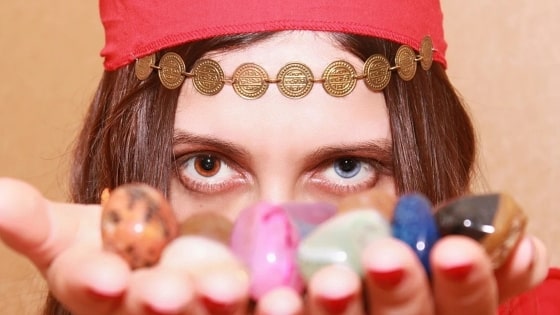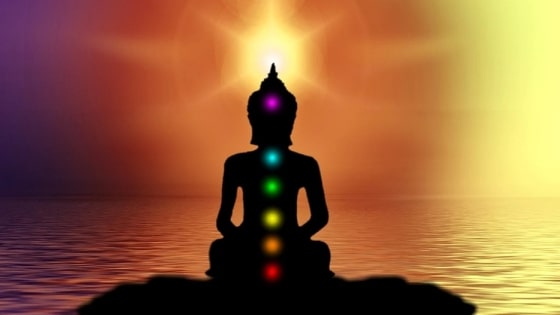Wicca
What is Wicca? Worshipping a God and a Goddess
Wicca is a neopagan religion that celebrates the connection with nature and the magical forces that dwell within it. It is deeply linked to white witchcraft and is based on a pantheistic approach, meaning its practitioners believe the divine is present in all aspects of the natural world. Although some people often confuse Wiccan practices with Satanism, this association is completely wrong, as Wiccans do not worship Satan. Instead, their principles focus on reverence for the Earth, life, and all the natural elements it contains.
The Wiccan religion was developed by occultist Gerald Gardner in England during the first half of the 20th century. Years later, Gardner joined forces with Doreen Valiente, a prominent witch who claimed to possess great talent for magic. Together, they refined the rituals and practices that make up Wicca as we know it today. In 1954, Gardner published his famous book Witchcraft Today, in which he publicly revealed the existence of the Wiccan religion and its core principles.
An important aspect of Wicca is the recognition and celebration of nature. Wiccans honor the cycles of life and the universe, celebrating their festivals on key dates in the solar and lunar calendars.
Discover the Sabbats
The Core Principles and Beliefs of Wicca
Although the interpretation of Wiccan principles may vary among practitioners, there are some common beliefs that unite all Wiccans. Central worship is directed towards two main deities: a God and a Goddess. These represent the masculine and feminine energies found in all natural forces. The God is often associated with the sun, symbolizing life force, light, and action, while the Goddess is linked to the moon, the earth, fertility, and wisdom. In many traditions, the Goddess manifests as a Triple Goddess in three forms: Maiden, Mother, and Crone.
The Pentagram is one of the most important symbols in Wicca. This five-pointed star represents the balance between the four elements—Air, Earth, Fire, and Water—with Spirit at the center, symbolizing the connection of all these elements with the universal life force. The Pentacle, a variant of the Pentagram enclosed within a circle, is a symbol of protection and magic.
Wiccan Celebrations: Sabbats and Esbats
Wiccan practice is deeply connected to the natural cycles of the year. Wiccans celebrate the Wheel of the Year, which consists of eight festivals called Sabbats. These Sabbats mark seasonal changes, harvests, and the phases of life: birth, growth, death, and rebirth. Sabbats are times of celebration, reflection, and connection with the earth and its natural cycles.
Esbats, on the other hand, are celebrations held during the full moon. These events are dedicated to the Goddess and are ideal for performing rituals, meditations, visualizations, and divination practices, as the full moon’s energy is believed to enhance intuition and psychic powers. While some Wiccans celebrate every moon phase (new, waxing, full, and waning), others prefer to focus on the 13 annual Esbats, which coincide with the full moons.
Wiccans also celebrate World Pagan Pride Day on June 30, an important date when they join with other pagan religions to share their faith and common values.
